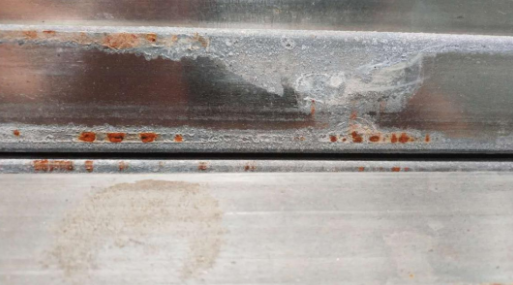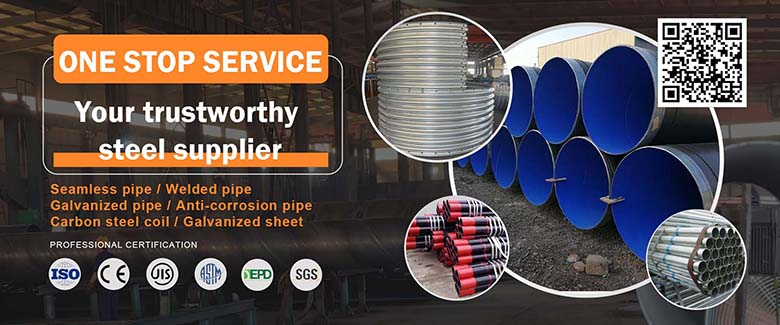Welcome to Yangtze Steel Group !
WhatsApp:+86 13863585577 E-mail : sales@yangtzepipe.com
How to Efficiently Remove Rust from Galvanized Steel Pipes?
In the steel industry, galvanized steel pipes are widely used in construction, water conservancy, transportation, and numerous other fields due to their excellent corrosion resistance. However, over time and under environmental influences, rust may still appear on their surfaces. This not only affects aesthetics but may also pose a potential threat to the structural integrity of the pipes. So, how can rust be efficiently removed from galvanized steel pipes?

I. Mechanical Rust Removal Methods
Mechanical rust removal is a direct and highly efficient approach, primarily encompassing the following two forms:
Manual Sanding: Suitable for small rusted areas or mild corrosion. Tools such as sandpaper, wire brushes, or copper wire brushes can be used for sanding. This method is easy to operate but less efficient, making it ideal for routine maintenance or small-scale treatment.
Powered Grinding: For large areas or thick rust layers, electric grinders or belt sanders can be employed. These tools offer high efficiency but require careful force control to avoid damaging the galvanized coating, which could accelerate corrosion.
II. Chemical Rust Removal Methods
Chemical rust removal utilizes agents that react with rust, converting it into soluble or easily removable substances. Common methods include:
Acetic Acid Soaking: Immerse galvanized steel pipes in an acetic acid solution for approximately 30 minutes. The acid dissolves light rust, after which the pipes can be rinsed with clean water.
Alkali Solution Treatment: For heavily rusted pipes, prepare an alkaline solution using baking soda for immersion. The alkaline properties neutralize surface acids, aiding rust removal.
Commercial Rust Removers: Various specialized rust-removing solvents are available on the market, effectively eliminating rust, scale, and old coatings. Strictly follow usage instructions and wear protective gear to ensure safe operation.
III. Electrolytic Rust Removal
Electrolytic rust removal is an advanced, highly efficient technique that strips rust layers from steel surfaces through electrolytic reactions. This method achieves thorough rust removal with minimal damage to the base material. However, it requires complex equipment and incurs higher costs, making it primarily suited for industrial batch processing.
IV. Routine Maintenance and Rust Prevention Measures
Beyond timely rust removal, enhanced routine maintenance is crucial for corrosion prevention:
Maintain a Dry Environment: Moisture is the primary catalyst for rust formation. Ensure storage and usage areas remain dry and well-ventilated.
Regular Cleaning: Periodically remove accumulated dust and contaminants from pipe surfaces to reduce conditions conducive to rust formation.
Apply Rust Inhibitors: Coat pipe surfaces with rust inhibitors or rust-proof paint to form a protective barrier, effectively isolating air and moisture to extend service life.
In summary, various methods exist for removing rust from galvanized steel pipes—ranging from traditional manual and mechanical grinding to chemical treatment and electrolytic rust removal—each suited to specific scenarios. When selecting a method, consider the extent of rust, the pipe's intended use, and operational conditions to adopt the most appropriate rust removal and protection strategy, ensuring long-term safe usage.

Galvanized steel pipe,Steel pipe rust removal,Steel pipe protection
Previous Page
Previous Page
RELATED NEWS
2019
01-16
2019
01-10


